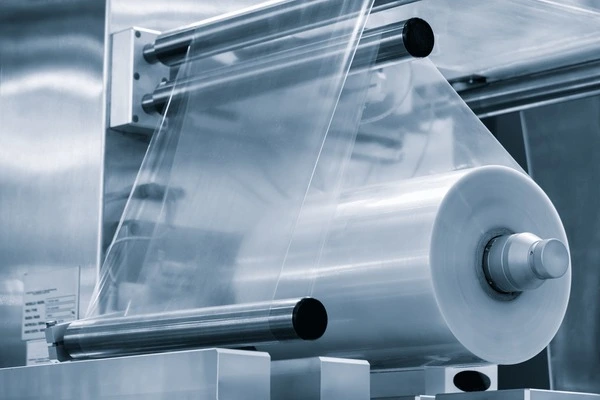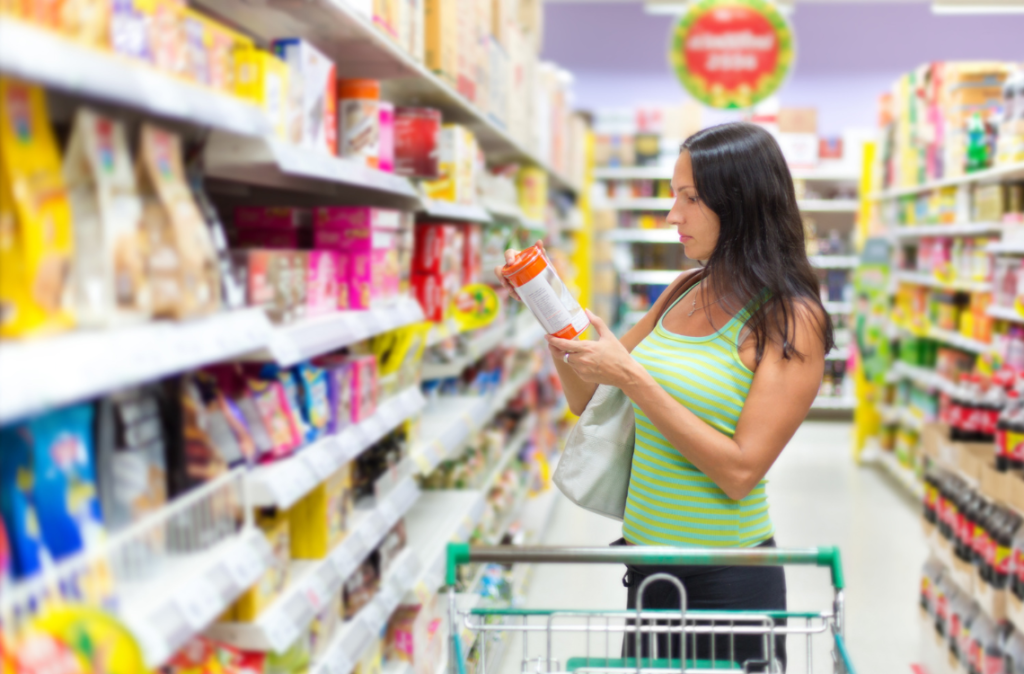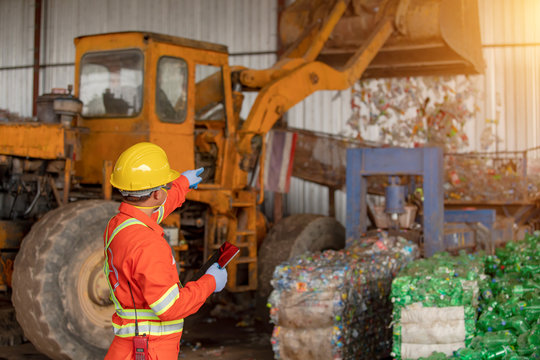Mono-material pouches are a smart response to a complex packaging challenge. As brands face mounting pressure to reduce environmental impact and simplify recycling, mono-material packaging offers a genuinely practical path forward. This article explores why more businesses are embracing these recyclable, streamlined packaging solutions and how they’re reshaping the packaging industry.
What Is Mono-Material Pouch?
Mono-material packaging refers to packaging made from a single type of material, like PE or PP, rather than laminated layers of different materials. While traditional flexible packaging may combine multiple films (each with a specific function), that mix makes it difficult to recycle. Mono-materials, on the other hand, can be sorted and reprocessed more easily, which supports a circular economy. That means less packaging waste heading to landfill and more material being reused where it belongs.
Why Packaging Isn’t Just About Looks Anymore
Packaging still has to look good, no one’s denying that. But the shift to sustainable and recyclable formats is driven by more than just aesthetics. Today’s packaging needs to perform across multiple touchpoints: shelf appeal, functionality, and environmental performance. These streamlined formats are not only visually sleek, but also align with modern sustainability goals. They’re easier to collect, sort, and reprocess through the existing recycling process, especially when clearly labelled as recyclable packaging.
Are Mono-Material Packaging Easier to Recycle?
Yes – and no. The beauty of a mono-material pouch is its recyclability, assuming the infrastructure exists. In countries with developed collection systems for PE or PP, packaging made from a single polymer type can be recovered and reused efficiently. However, where infrastructure lags, even a perfectly recyclable mono-material pack might still end up in the general waste bin. So, it’s not a silver bullet, but it’s a solid step in the right direction.
What Makes It Work: Material Science in Action
Getting a mono-material pouch to behave like a multi-material one isn’t a walk in the park. To match the performance of older formats, mono-material packaging needs serious material science behind it. Think barrier properties that can protect against oxygen, moisture, or UV, all with just one material.
Developments in polyethylene, polypropylene, and other engineered plastic types now allow for high-performing, fully recyclable mono-material films. These innovations are driving the adoption of mono-material flexible packaging across various food packaging and non-food categories.
Are Stand-Up Pouches Getting a Makeover?
Absolutely. Stand-up pouches are among the most common packaging formats brands are transitioning into mono-material solutions. Their sleek profile, efficient storage, and great printability make them ideal for this kind of upgrade.
By using a recyclable mono-material structure, brands can retain the convenience of flexible formats while meeting sustainability standards. That’s a win for consumers, retailers, and the planet.
Barrier Properties: Can One Material Protect It All?
Good question. In the past, you needed layered laminate structures to preserve food products and extend shelf life. Now? Smart design allows a single material to deliver surprisingly strong barrier properties.
That said, some ultra-demanding applications may still require a compromise. But for many snacks, pet food, frozen items, and dry goods, mono-material packaging holds its own just fine.
Affects to the Supply Chain
With fewer layers and more consistent specifications, packaging materials based on mono-material structures often streamline the supply chain. Fewer surprises. More predictability. Not to mention, using recyclable mono-material packaging solutions can reduce a brand’s overall footprint, especially when combined with recycled materials or responsibly sourced resins.
Why Brands Are Betting on It
For many companies, switching to mono-material packaging isn’t just about regulation. It’s about brand value. Shoppers are watching, retailers are setting standards, and sustainability reporting is no longer optional.
Mono-material packaging aligns with modern brand ethics. It shows you’re thinking ahead. It simplifies disposal for customers. It creates a sustainable solution without overcomplicating production.
Where Are We Headed Next?
The packaging industry is shifting, fast. From standup pouches to flat bottom bags or 3-side seal sachets feature to emerging mono-material pumps, this trend isn’t slowing down. More investment is going into innovations in packaging design that make recycling easier and performance stronger. The key? Keep an eye on high barrier developments, packaging options using made entirely mono structures, and smarter labelling that helps consumers do their part.
Wrapping Up: Should You Make the Switch?
If you’re navigating modern packaging challenges, mono-material packaging might just be the best next move. It delivers on sustainability, supports the circular economy, and keeps you ahead of regulatory and consumer expectations. Plus, it simplifies the recycling process – which is more than a nice-to-have. It’s becoming non-negotiable.
At Aropack, we help brands transition into smarter, simpler packaging solutions. From flexible packaging for your brand to expert guidance on recyclable mono-material packaging, we turn technical innovation into practical results.
Looking to reduce your environmental impact without sacrificing performance? Give us a call on 01233 281460 or send us an email at info@aropack.co.uk for a free consultation.




